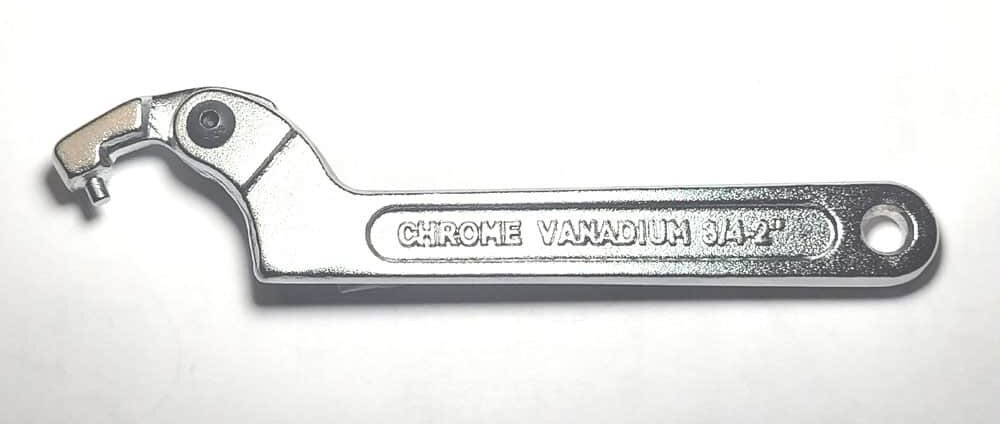o0norton0o
VIP MEMBER
- Joined
- Apr 27, 2015
- Messages
- 2,252
Ive had those and they always eventually slipped and are too elastic to shock a nut to break free when it's stuck because the strap has an elastic quality to it... I'm going with one of the metal alternatives above and am going to buy a new set of nuts so I can use the old ones to experiment with and not worry about "Effing things up" that I can't replace instantly or fix...I used a rubber strap wrench to good effect on these. Wasn't zero cost, more like $5 at a dollar store....but hey, I'm worth it ;-)
Thanks all


